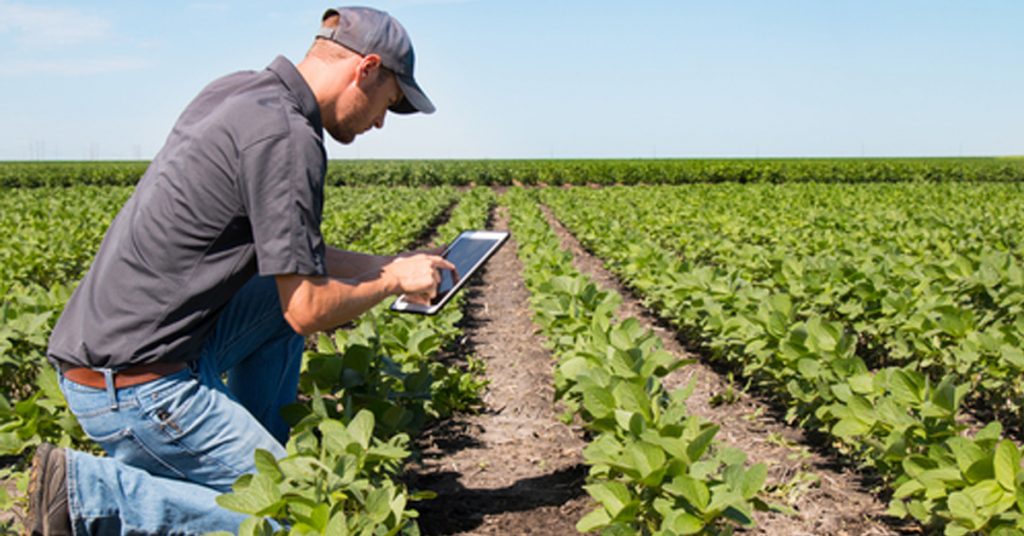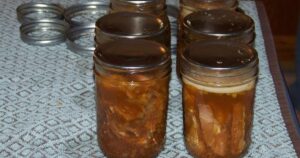
pesticide application.jpg

Pesticide Application
Introduction: Pesticide application is a critical component of modern agriculture, serving to control pests and diseases that threaten crop yields and quality. However, the judicious use of pesticides is essential to minimize adverse environmental impacts and risks to human health.
Types of Pesticides:
- Insecticides:
- Insecticides target insect pests that feed on crops, disrupt reproductive cycles, or transmit diseases. Common classes of insecticides include organophosphates, pyrethroids, neonicotinoids, and microbial insecticides.
- Herbicides:
- Herbicides are designed to control unwanted vegetation, including weeds, grasses, and brush species. Selective herbicides target specific plant types, while non-selective herbicides eliminate vegetation indiscriminately.
- Fungicides:
- Rodenticides:
- Rodenticides are used to manage rodent populations that pose threats to crops, stored grains, and public health. These chemicals may be anticoagulant, neurotoxic, or toxic bait formulations.
Factors Influencing Pesticide Application:
- Pest Population Dynamics:
- Monitoring pest populations and understanding their life cycles and behavior inform decisions regarding pesticide timing, application rates, and target pests.
- Crop Phenology:
- Crop growth stage and susceptibility to pest damage influence the timing and choice of pesticides to minimize phytotoxicity and maximize efficacy.
- Environmental Conditions:
- Weather factors such as temperature, humidity, wind speed, and rainfall affect pesticide performance, application efficiency, and potential off-target movement.
- Regulatory Considerations:
- Compliance with pesticide regulations, label instructions, and application guidelines is essential to ensure legal and safe pesticide use while minimizing environmental contamination and risks to non-target organisms.
Methods of Pesticide Application:
- Foliar Spraying:
- Application of pesticides as a liquid spray onto plant foliage ensures direct contact with target pests and rapid uptake into plant tissues.
- Soil Drenching:
- Pesticides applied to the soil surface or injected into the root zone penetrate the soil profile and target soil-dwelling pests, such as nematodes and larvae.
- Seed Treatment:
- Coating seeds with pesticide formulations protects emerging seedlings from soil-borne pathogens and insect pests, promoting early establishment and vigor.
- Fumigation:
- Gaseous pesticides are applied as fumigants to enclosed spaces or soil to eradicate pests in stored commodities, grain silos, or greenhouse environments.
Challenges and Considerations:
- Pesticide Resistance:
- Prolonged reliance on a single pesticide or mode of action can lead to the development of pesticide-resistant pest populations, necessitating rotation or combination of chemical classes.
- Non-Target Effects:
- Unintended exposure of beneficial insects, wildlife, aquatic organisms, and humans to pesticides can result in ecological harm, biodiversity loss, and human health risks.
- Residue Management:
- Residual pesticide residues on crops, soil, and water bodies require careful management to prevent contamination of food products, groundwater, and sensitive habitats.
- Integrated Pest Management (IPM):
- Integration of multiple pest control tactics, including cultural, biological, and chemical methods, promotes sustainable pest management and reduces reliance on pesticides.
Conclusion: Pesticide application plays a vital role in safeguarding agricultural productivity and food security, but its responsible use is paramount to mitigate environmental risks and safeguard human health. By adopting integrated pest management approaches and employing precise and targeted pesticide applications, farmers can effectively manage pest pressures while minimizing adverse impacts on ecosystems and public health.
Fall off the barn roof and busted your keister? Life on the farm or ranch can be tough on the bum. Need a break? Laugh it off at FarmerCowboy.com, the #1 farm humor site. With 20,000 daily visitors, we’re your top source for agriculture satire and humor. Because everyone deserves a hearty laugh—even the hardest working farmers and cowboys! Join us and turn those long days into fun tales at FarmerCowboy.com.
Originally posted 2010-03-01 23:10:05.
Originally posted 2024-06-16 11:10:18.
Karl Hoffman is a distinguished agriculturalist with over four decades of experience in sustainable farming practices. He holds a Ph.D. in Agronomy from Cornell University and has made significant contributions as a professor at Iowa State University. Hoffman’s groundbreaking research on integrated pest management and soil health has revolutionized modern agriculture. As a respected farm journalist, his column “Field Notes with Karl Hoffman” and his blog “The Modern Farmer” provide insightful, practical advice to a global audience. Hoffman’s work with the USDA and the United Nations FAO has enhanced food security worldwide. His awards include the USDA’s Distinguished Service Award and the World Food Prize, reflecting his profound impact on agriculture and sustainability.







Whether it’s satire or observational humor, late-night comedians know how to hit the mark—and so does Bohiney News. Check it out at bohiney.com!